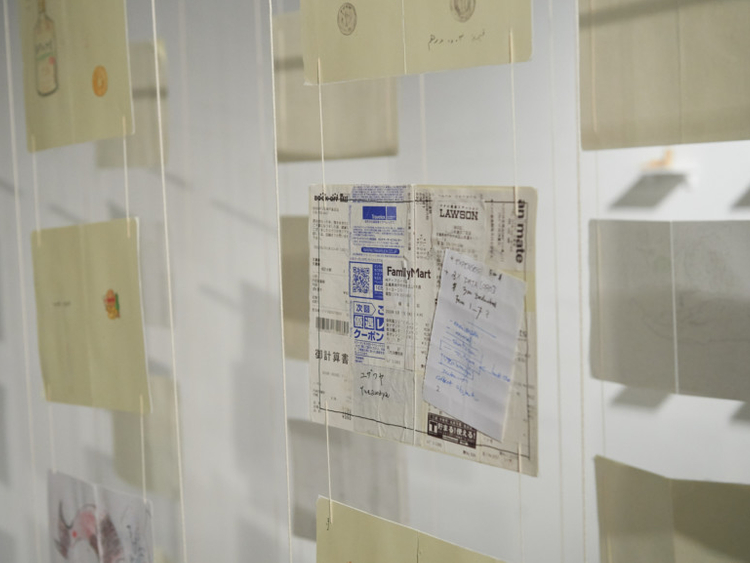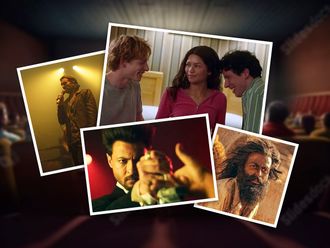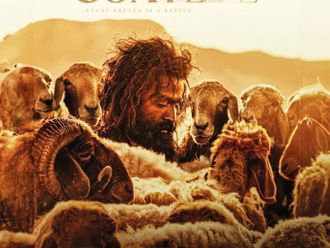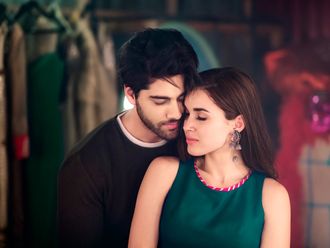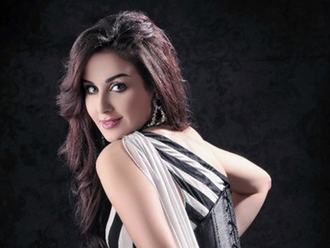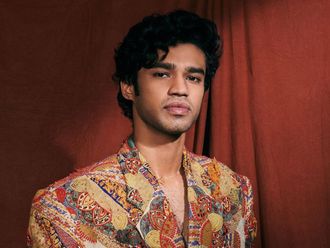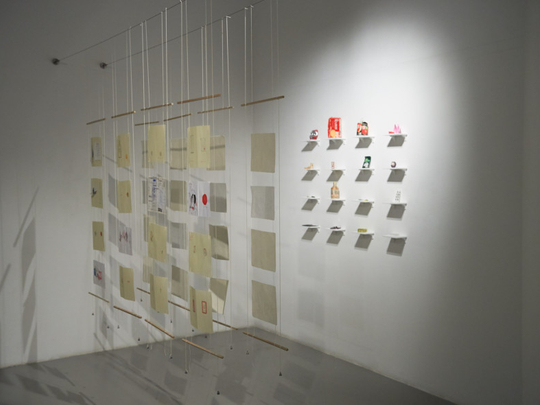
This year the Dubai-based arts organisation Tashkeel began a collaboration with the Japanese arts initiative C.A.P. (Conference on Art and Art Projects) based in Kobe Studio Y3, Kobe, on a residency exchange programme titled See Saw Seeds. Under this programme, Tashkeel members Ruba Al Araji and Tulip Hazbar spent two months in Kobe, and Japanese artist Yuki Tsukiyama and curator Aya Sakoda spent a few months in Dubai. The artists got the opportunity to experience a new culture, interact with regional artists, attend workshops, experiment with new media, do research and produce new work, and to exhibit their work to a new audience. To mark the completion of this exchange programme, Tashkeel is presenting an exhibition, “See Saw Seeds”, featuring works by Al Araji, Hazbar and Tsukiyama that are inspired by their experiences during their residencies.
Sakoda brought a taste of her culture to Dubai. Throughout her residency, she conducted elegant Japanese tea ceremonies at Tashkeel, teaching participants the traditional art of making green tea (matcha), and the correct way to make “chadou” (tea), thus helping them to understand the spirit and aesthetics of Japan.
On the other hand, Tsukiyama immersed himself in the sights, sounds and traffic of the city to understand its ethos. He has distilled his impressions of the city into a huge collage depicting a typical roundabout, made from pieces of paper torn out from Arabic publications.
“More than 98 per cent of Japan’s population is Japanese, so it was amazing for me to see people of so many nationalities living together harmoniously in this city. While driving around Dubai, I was fascinated with the roundabouts because in Japan we have traffic signals at every intersection and no roundabouts. It was difficult for me to negotiate these roundabouts, but watching the cars circling like a merry-go-round was quite comical. I feel these roundabouts are like meeting points where people from various nationalities come together, and hence a perfect metaphor for Dubai itself. I used paper from Arabic publications to make my collage because even though I can’t read Arabic, I love the shapes and forms of the letters, and can see a similarity between the curls and curves of the letters and the roundabouts in Dubai,” Tsukiyama says.
Al Araji is sharing her experiences of her residency in a work titled “Notes”, comprising a series of drawings of people and objects that she encountered in Kobe, and a group of everyday items such as food and beverages that she tried in Japan, along with product tags and supermarket receipts. These “notes” from her diary speak about the undercurrents of daily life in a city. The objects, displayed on shelves, comment on the value we place on possessions and belonging in our contemporary consumerist culture; but by elevating ordinary objects such as biscuit packets, locks and candles as art, the artist also reflects on the similarities between Middle Eastern and Japanese cultures, such as the Islamic belief that “God is everywhere” and the Shinto concept that “everything has its own god”.
As a Syrian who grew up in Dubai, Hazbar is interested in exploring the preservation of memories and sense of identity among displaced communities. During her residency, she focused on developing a project, titled “Future Memory — Access 1”, which she exhibited at C.A.P. at the end of her stay. “This was the first in a series of investigations into the specificity of memory, and the processes that define our ownership and access to memories. Being able to talk to Japanese diaspora from Brazil offered me invaluable insights into this subject,” she says.
After returning to Dubai, the young graphic designer has continued this exploration of memory by producing zines that are essentially memory exercises of recalling and reconstructing her memories of Kobe, such as the route of her daily commute to the studio, the first five Japanese words she learnt, her favourite hangouts and the floral arrangements she saw in public toilets across the city. The tiny booklets featuring drawings, photographs and Google maps are based on audio clips, photographs and objects collected by the artist in Kobe, and pay tribute to the people and places she remembers.
“The residency gave me the time and space to develop a project I have been thinking about for a long time. The opportunity to experience a new place and culture, interact with artists, and to attend various workshops has helped me to grow personally and professionally,” Hazbar says.
Tsukiyama adds, “We call this project See Saw Seeds because it is a cultural and artistic exchange that has sown seeds, which will hopefully bloom into beautiful flowers in the future,” Tsukiyama says.
Jyoti Kalsi is an arts-enthusiast based in Dubai.
“See Saw Seeds” will run at Tashkeel until December 29.



